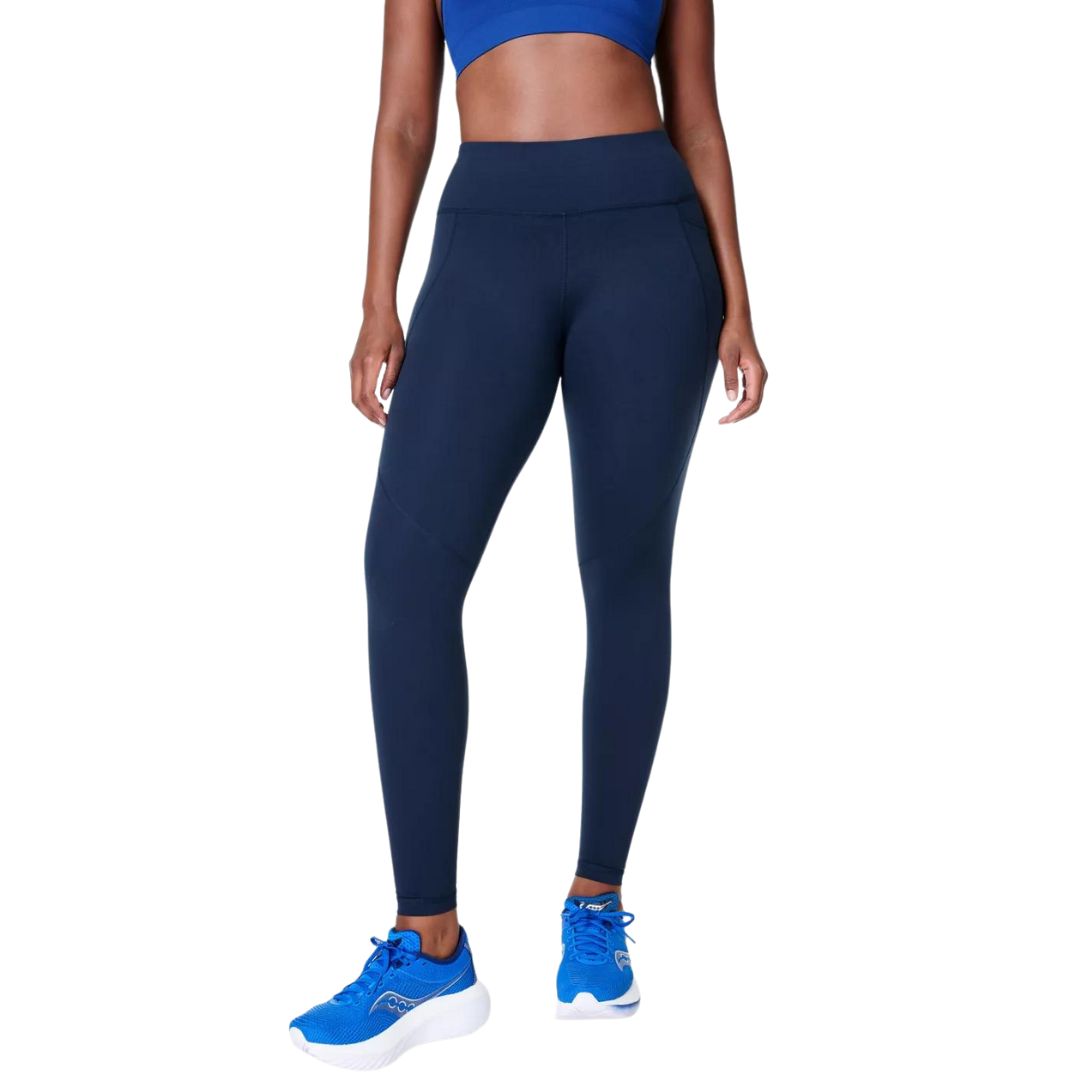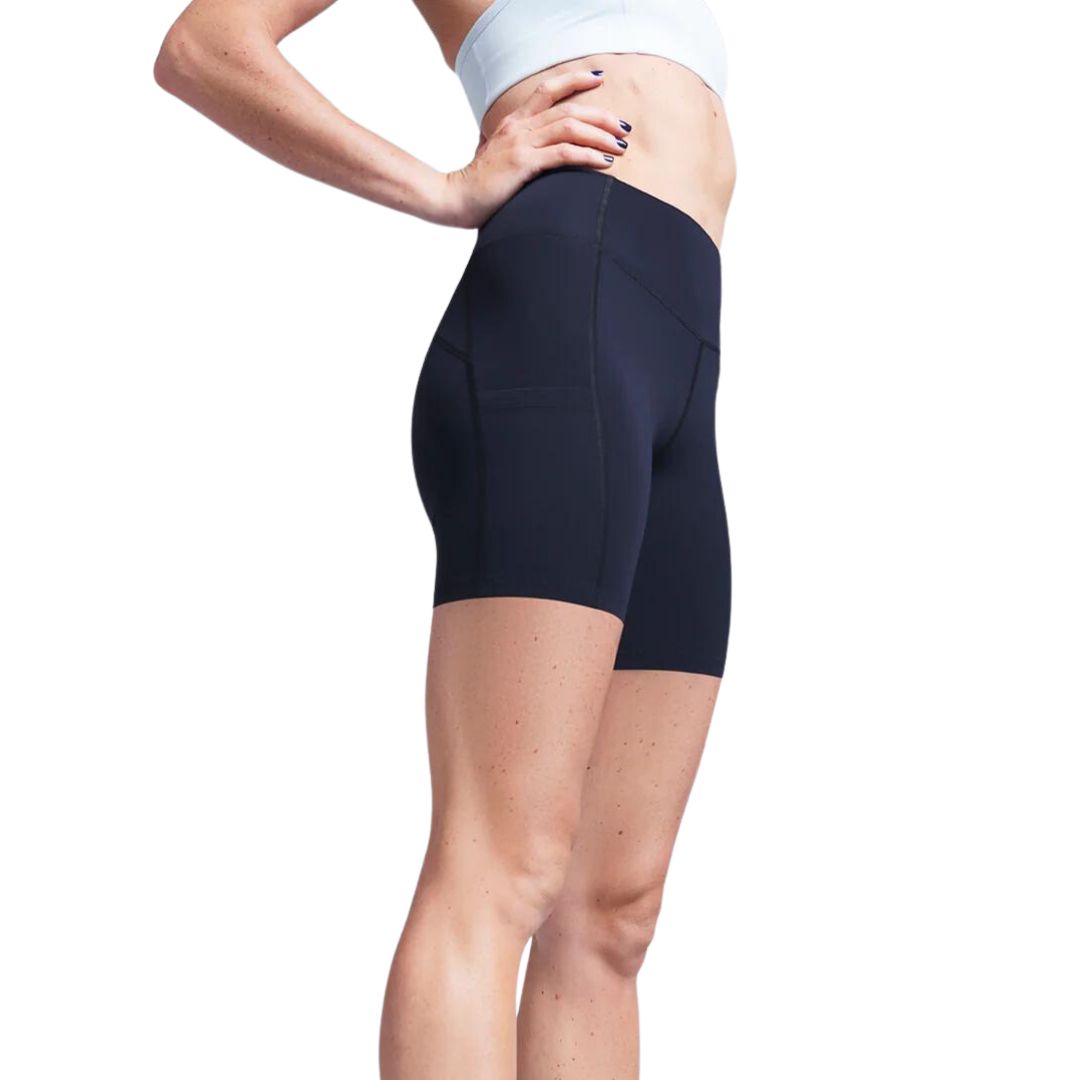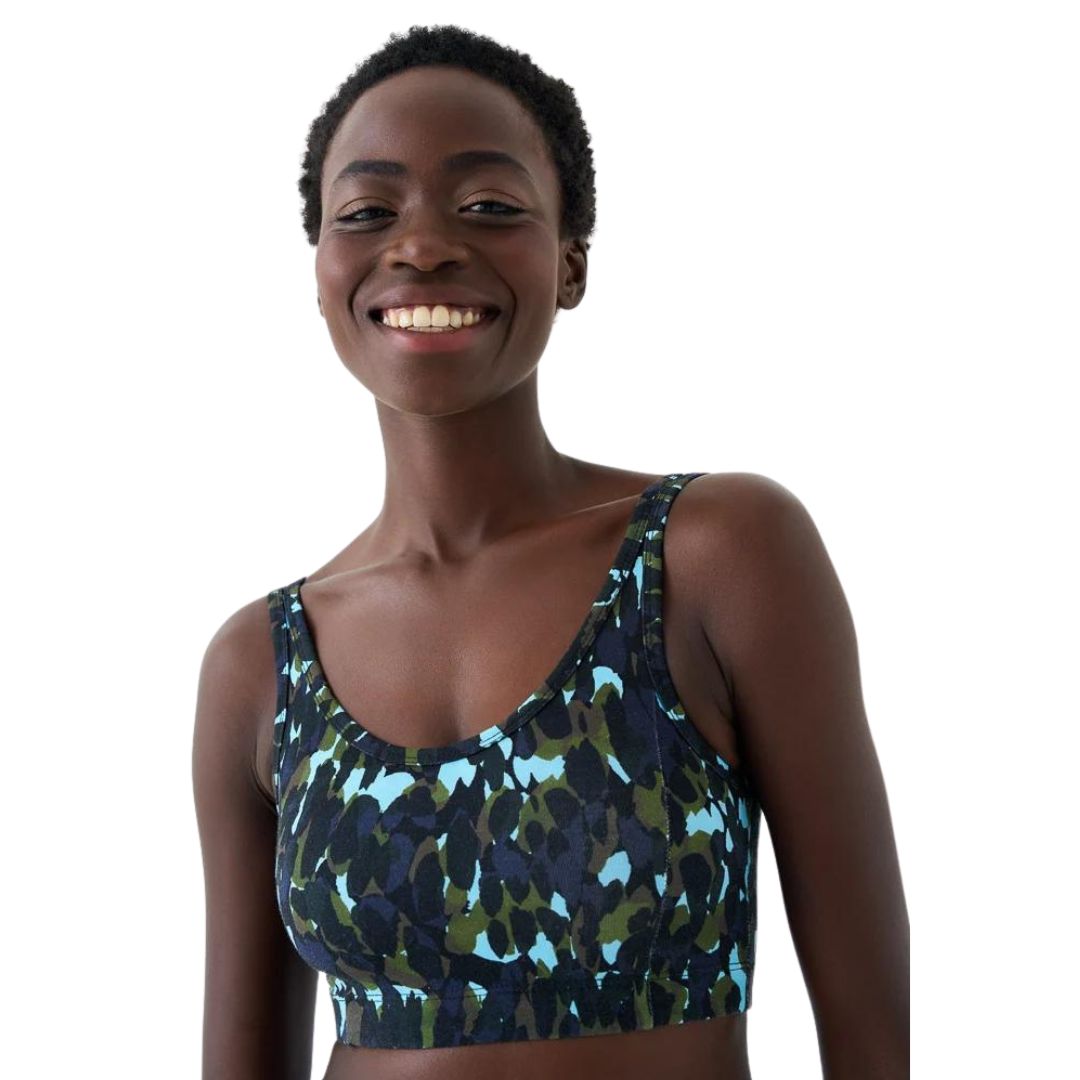Compound exercises are one of the simplest ways to build strength and muscle – a PT confirms the best 5 to try
Enter: arguably the most efficient method of building full-body strength.

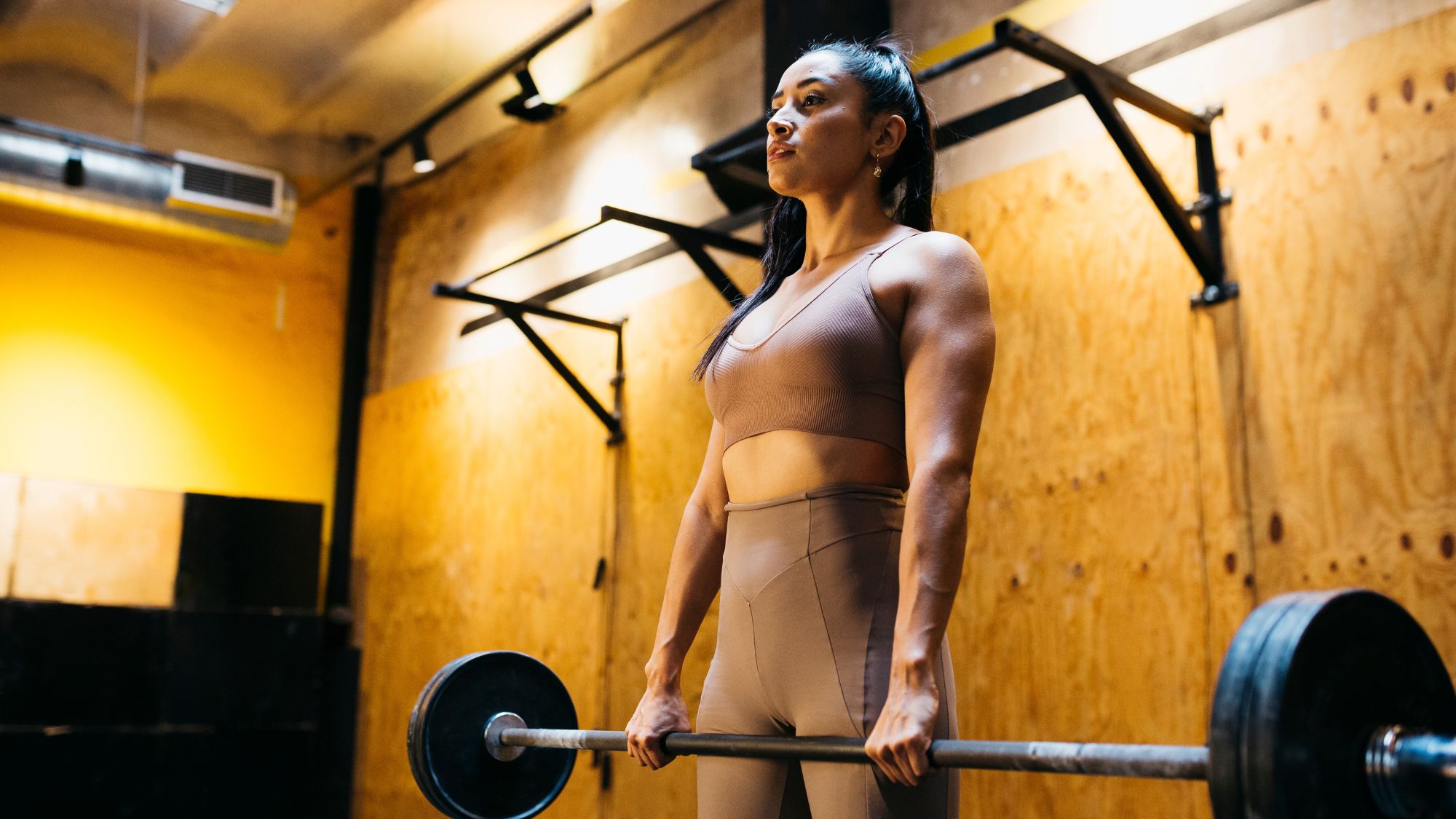
While you'll know there aren’t any cheat codes to speed up building strength and muscle mass, incorporating the best compound exercises into your training routine might just be the next best thing.
Quite the opposite from the fads you probably see circulating on social media platforms, compound exercises are simple, widely accessible and highly effective weight training movements. Think of them as powerhouses where whole-body health: they're arguably the most efficient method of building full-body strength and muscle.
While there's heaps of research on the benefits of strength training, there’s a disappointing (but not surprising) lack of research exploring the benefits of compound exercises specifically on the female body. One study, which explored the effects of single-joint vs multi-joint (compound) exercises on body composition, cardiorespiratory fitness and muscle strength in men, however, had some interesting findings. It concluded that, while programmes consisting exclusively of single- or multi-joint exercises had similar effects on body composition, focusing on compound exercises improved general fitness more than single-joint exercises. In short: if you want to build strength and give your wellbeing a boost, it’s worth working the best compound exercises into your workouts.
Personally, compound exercises are the bread and butter of my training routine. I'm a fitness writer and qualified personal trainer whose strength, muscle mass and body composition all changed dramatically when I transitioned from HIIT workouts to weight training. My programme now consistently features barbell squats and deadlifts, along with the rest of the big five lifts. I'm able to lift more than ever before and I've noticed improvements in my explosive power and performance during cardio-based activities, like rowing, too. Put it this way: if I have time to do only one exercise in a short session, I’m doing a compound lift.
To explain more about the benefits of doing compound exercises, and give you a head-start, we asked James Dabbs, founder at Dabbs Fitness, for the low-down. Don't miss our guides to strength training for beginners, low impact strength training, and weight lifting exercises, if you're keen to learn more. If you'd rather bookmark some simple kettlebell exercises and dumbbell exercises, we've got you covered.
Keen to learn the best compound exercises? A PT shares their top tips
What is a compound exercise?
If you're not sure what exactly a compound exercise is, we've got you. Most commonly seen in strength training, a compound exercise is simply one that works more than one muscle group at a time. “Compound exercises create movement in several joints and are therefore considered "big" exercises,” Dabbs explains.
You can see why they're considered so effective, then - you're essentially getting more bang for your buck.
Celebrity news, beauty, fashion advice, and fascinating features, delivered straight to your inbox!
What moves in particular are compound exercises? Any of the following:
- Squat
- Deadlift
- Lunge
- Row
- Bench press
- Overhead press
- Push-up
- Leg press
- Bicep curl
- Dips.
What are the benefits of incorporating compound exercises into your workouts?
Resistance training, as the NHS website highlights, builds strength and muscle mass, slows the rate of bone and muscle decline, improves posture and reduces your risk of injury.
Compound exercises is one of the most effective forms of resistance training because you're working more than one muscle at a time, meaning you're ticking off more of a full body workout in one simple move.
“Most of us don’t have time to train each individual muscle in isolation, so compound movements will therefore be an excellent choice,” says Dabbs. “If you incorporate the five big lifts into your workout, you will be able to train your entire body with just five exercises. You also get the opportunity to move bigger weights through motion as compound movements include a lot of muscles. This is especially important if you’re looking to improve your strength.”
An additional benefit, he says, is that you get to use several muscles at the same time, which is good for improving the dynamic between different muscles and also your nervous system. “Bigger movements tend to include more of your central nervous system than smaller movements, which is a good and healthy way to improve it,” Dabbs adds.
What are the big 5 compound lifts routine?
The "big five" of compound exercises commonly accepted as the most effective because they target the entire body span:
- Bench press
- Squat
- Deadlift
- Shoulder press
- Pull-up.
You might have heard of the "big lift routine," otherwise known as the 5x5 workout, or seen it doing the rounds on your TikTok. In short, this is any workout routine that involves doing five reps of each compound exercise for five sets. Do note, though: the aim is to focus on one or two compound lifts only per session.
It’s a programme template that’s long been loved by powerlifters and those looking to gain strength and muscle, and it’s suitable for weightlifters of most experience levels. That said, Dabbs emphasises the importance of having some lifting experience before trying it for yourself.
Is it OK to do compound exercises everyday?
How often you should do an exercise depends on a lot of variables such as training intensity, volume, frequency, and recovery factors, Dabbs says. “Compound movements tend to place a bigger systemic stress on your body compared to isolation movements, and therefore require more recovery.”
Incorporating the five best compound exercises into your routine two to three times a week is a great place to start, he says. “Some might respond better to a higher frequency, and some might need a lower frequency. Individual variances, training history, and goals will play a big part in determining your ideal frequency. A general rule is to rather start low, and then increase the frequency if necessary.”
Remember: over-training can hinder progress and can be harmful to your health too, so be sure to prioritise proper recovery between sessions.
5 main compound exercises to try
1. Bench press
Why? The bench press is an exercise that mainly works your chest, triceps, and shoulder muscles, explains Dabbs. In short, it's a great all-rounder which works your triceps, shoulders, chest and back.
How to? “The exercise can be divided into two parts; the first part is to lower the bar down to your chest, and the second part is to press it back up," advises the PT. "The chest muscles are the main contributor to this movement, although your triceps and shoulders are important in specific phases.”
How long: Aim for five reps and five sets.
2. Barbell back squat
Why? Barbell back squats not only target the entire lower body they also recruit the core and upper-body muscles, too.
How to? “You start by lowering yourself with the bar on your back down to a deep position and then stand back up by extending your knees and hips,” Dabbs explains. “This movement is driven by muscles around your hip and knee joints.”
How long: Aim for five reps and five sets.
3. Deadlifts
Why? “Although the deadlift carries a big reputation, it might be the simplest exercise in the world,” Dabbs says.
How to? The objective is to grip the bar that rests on the ground and stand up. “This movement is driven by muscles in your entire posterior chain,” he adds. “It is easy to think of the deadlift as a back exercise, but the legs play a major role. With good technique, one should be able to distribute the stress into all the muscles in the posterior chain, so that we can reduce the total stress on each area.”
How long: Aim for five reps and five sets.
4. Barbell overhead press
Why? While this one might take some time to work up to, it's a great full-body move that works your back muscles, too.
How to? The goal, Dabbs says, is to press a bar from shoulder height, over your head. “The barbell overhead press is similar to the bench press in many ways, however, the primary contributors change when we go from a horizontal to a vertical push,” he explains. “The chest muscles are no longer in a good position to produce force, whilst the anterior deltoid has much better conditions. There will also be some contribution from muscles in your upper back as your shoulder blade goes into upward rotation toward the end of the movement.”
How long: Aim for five reps and five sets.
5. Pull-ups
Why? One of the simplest but most effective ways to not only activate your muscles but build core strength and boost flexibility.
How to? The objective is to grip a bar and pull yourself up from a hanging position, so your chin reaches above the bar. “It is a great exercise for your entire back, as well as your biceps,” Dabbs says. “The lats work through shoulder extension, meaning pulling your elbow from an elevated position down to your hip. The upper back muscles help with the movement of the shoulder blades, and your biceps bend your elbows. How much these different muscles work depends on the execution of the movement, and there are ways to put emphasis on each of the mentioned muscles.”
If you’re new to pull-ups, start with negative reps (where you step or jump to the top position of the pull-up and slowly lower yourself down, before repeating) and dead-hangs (where you hang onto the bar to build strength before making the exercise more challenging).
How long: Aim for five reps and five sets - but do remember, pull ups can take time to work up to, so how many you can do will depend on your current fitness level and ability.
Shop MC UK's go-to workout kit now:

Topping our guide to the best yoga mats is this super popular 5mm-thick mat that comes with a whole load of cushioning, visual alignment cues and moisture absorption. Put it this way: it’s a deliciously padded mat that you won't mind getting out of bed for.
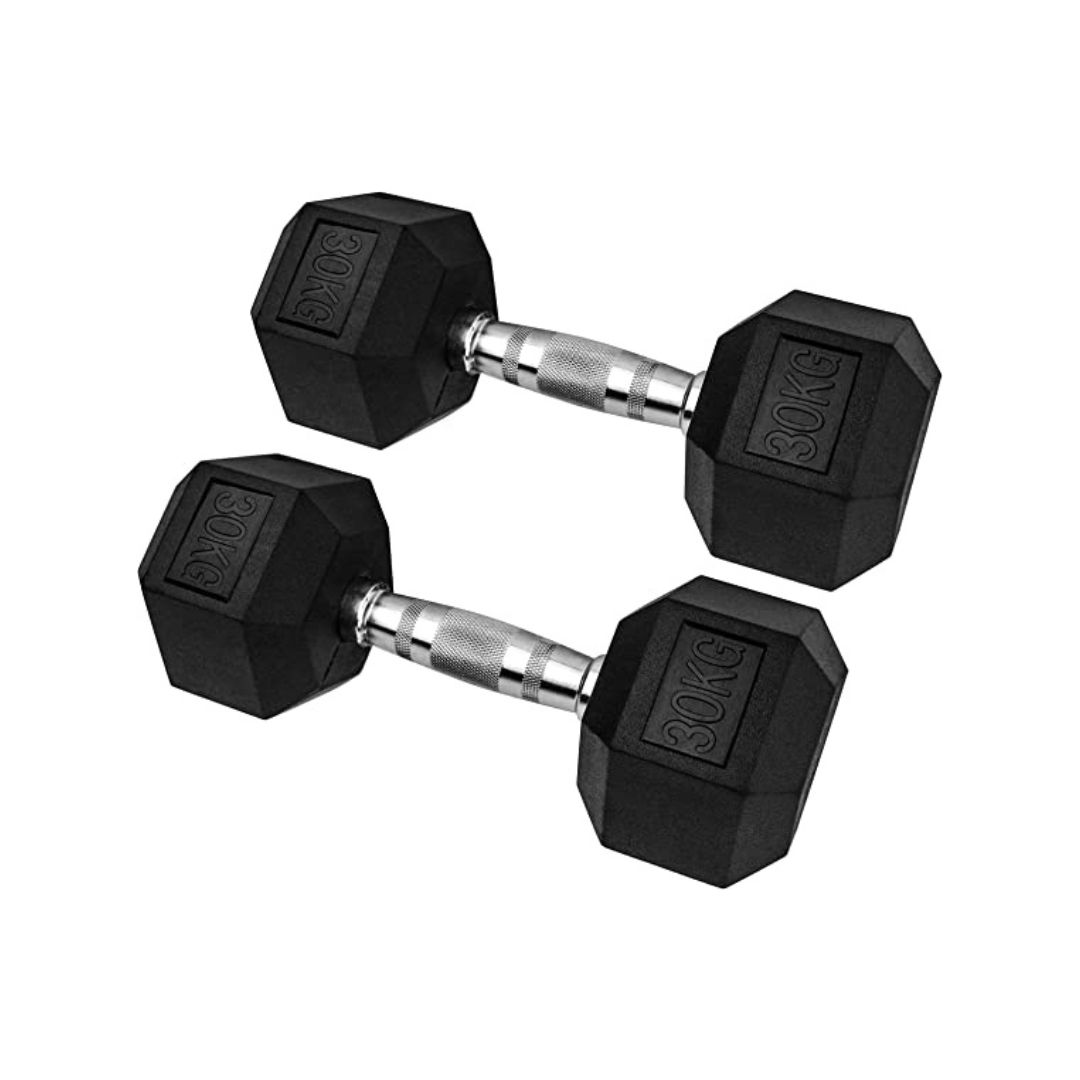
These dumbbells are a firm favourite of MC UK Health Editor Ally Head. Having first invested in them in lockdown, she's used them on repeat ever since. Why does she like them so much? They're affordable, as weights go, but high quality, too. Just what you need to smash those home workouts.
What is the most effective compound exercise?
As above, the big five are considered the most effective and best bang for you buck. These span squats, deadlifts, shoulder presses, pull ups, and bench presses. Incorporate these into your weekly workouts to improve your strength, muscle mass, and more.

Abbi Henderson is a freelance journalist and social media editor who covers health, fitness, women’s sport and lifestyle for titles including Women's Health and Stylist, among others.
With a desire to help make healthcare, exercise and sport more accessible to women, she writes about everything from the realities of seeking medical support as a woman to those of being a female athlete fighting for equality.
When she’s not working, she’s drinking tea, going on seaside walks, lifting weights, watching football, and probably cooking something pasta-based.





